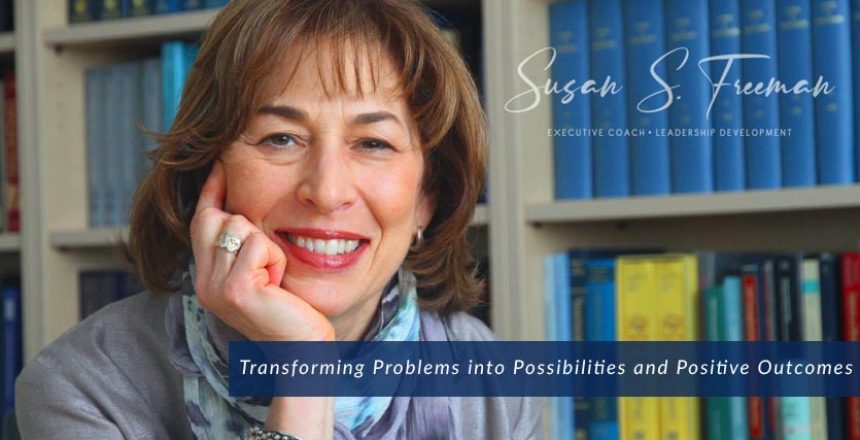 One of the most important tools for a leader is the ability to dialogue.
One of the most important tools for a leader is the ability to dialogue.
We often take for granted that when there are two or more people speaking together, a dialogue is taking place. Upon closer inspection however, often what takes place is instead a monologue.
According to Wikipedia, “Dialogue is formed by the two words ‘dia’ and ‘logos’, which can be literally interpreted as ‘to speak across’, ‘to converse’, or more appropriately the ‘two way flow/exchange’ of meaning. “ If you pay close attention to “conversations” throughout your day, you may discover that true dialogue isn’t taking place.
This is made worse by our use of modern technology that is oriented towards monologue; email and social media are often used to “push out” information. Dialogue is more often missing than not. When communication breakdowns happen, we wonder, what went wrong?
A recent example occurred when a client was experiencing frustration with her boss. As I listened to her, I realize that there had been a lack of true dialogue. She and her boss had not engaged in a meaningful conversation about how his actions were impeding her ability to create the level of senior client relationship she was accustomed to. She became frustrated and felt powerless to change it. The conversations she had been having with him did not result in him shifting his perceptions.
As a coach, I inquire about the conversation. What took place? To dialogue, there must be a committed listener and a committed speaker. In monologue, there is a speaker; the listeners may or may not be committed.
To know if you are in dialogue, ask yourself these questions:
-
 Are you engaged in a two-way flow in which there is an “exchange of meaning?”
Are you engaged in a two-way flow in which there is an “exchange of meaning?” -
When you listen, are you thinking of the next thing you want to say or truly responding to what is being spoken about?
-
Are you paying attention to the listener, observing whether they are with you or not?
When this client and I peeled apart the important elements of dialogue and we practiced together, it became apparent that she was capable of a much more effective conversation than any previous ones with boss. She left feeling energized and excited to have it. Later that evening, she phoned to let me know that the dialogue we practiced was effective. Her boss saw her perspective. Together they co-created a solution.
Conversation is the means through which we create actions in the world; the fabric of organizational life is woven together through conversations. Dialogue is present in effective conversations.
We are often talking “at” people rather than speaking “with them.” You know the difference because you feel it. When you are in dialogue, you are in co-creation. Through conversation you can generate a new future.
This requires presence, positive energy and connection.
Bring this to your conversations and let the dialogue begin.

